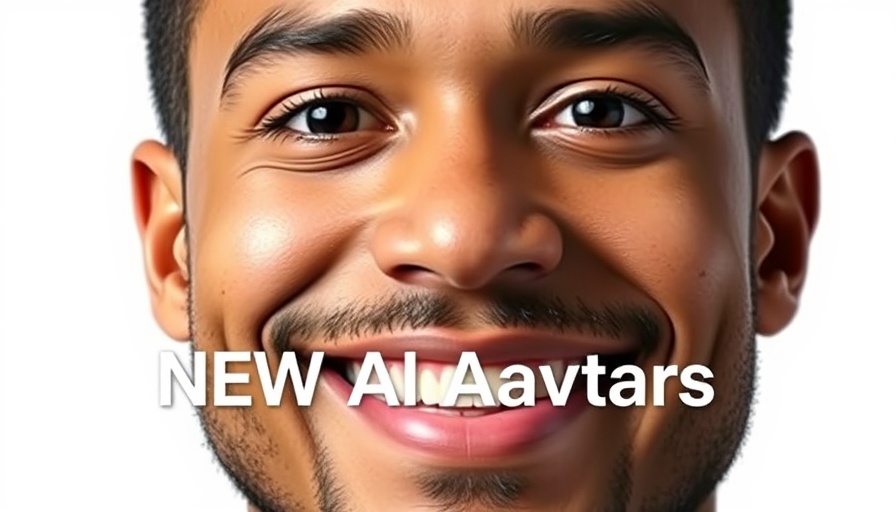
Exploring Google's New AI Avatars: A Game-Changer in Tech
Google's recent announcement regarding its advanced AI avatars is making waves across the technology landscape. These avatars are designed to merge the digital and physical worlds seamlessly, offering unprecedented possibilities for interaction through artificial intelligence. For tech enthusiasts and professionals alike, understanding these innovations is crucial as we navigate a future increasingly dominated by AI applications.
In Google's NEW AI Avatars are INSANE 🤯, the discussion dives into advanced AI technologies, exploring key insights that sparked deeper analysis on our end.
What Are AI Avatars?
AI avatars, as introduced by Google, are virtual representations of users that can communicate, mimic emotions, and engage with others in real-time. They rely on advanced neural networks and machine learning, enabling them to analyze and respond to human behaviors, thereby enhancing user experience in virtual environments.
Potential Applications in Various Fields
The versatility of AI avatars extends across multiple industries. In sectors such as education, these avatars can serve as personal tutors, personalizing the learning experience for students. In healthcare, they can facilitate patient interactions, making telemedicine more engaging and effective. Furthermore, in the corporate realm, they can enhance virtual meetings by providing lifelike interaction that can improve collaboration.
Relevance to Current Tech Trends
As companies increasingly turn to virtual solutions—think remote work and online interactions—the relevance of AI avatars can’t be overstated. These avatars respond to ongoing trends in augmented reality (AR) and virtual reality (VR), providing a more human-like interaction. This blend of technologies not only enhances user experience but also makes digital communication more intuitive.
Understanding the Concerns and Counterarguments
While the potential of AI avatars is exciting, concerns surrounding privacy and ethical use persist. Critics argue that these technologies could lead to enhanced manipulative behaviors, where avatars may not always represent the user truthfully. Such technologies must be managed with careful consideration to avoid misuse, emphasizing the need for robust regulatory frameworks.
What the Future Holds: Predictions and Insights
Looking ahead, AI avatars may revolutionize how we interact with technology. As potential improvements in emotional engagement and response accuracy continue to develop, we might see these avatars becoming staples in our daily digital interactions. For businesses, this could translate into enhanced customer support, with avatars acting as personalized assistants that can manage queries more effectively than current systems.
In conclusion, Google's launch of AI avatars signals a significant shift in how artificial intelligence can impact our everyday lives. For those interested in technology, staying informed about these advancements is crucial as they will reshape our interactions and operational efficiencies across various industries.
To learn more about how these innovations might shape your industry, make sure to follow updates from Google and other tech leaders. Knowledge is power in the rapidly evolving landscape of technological advancements.
 Add Row
Add Row  Add
Add 




Write A Comment